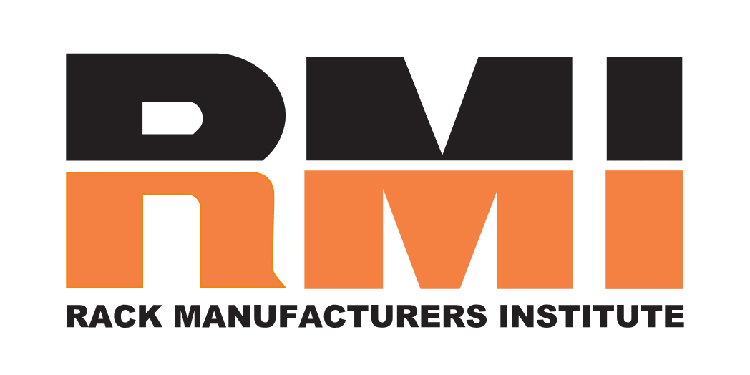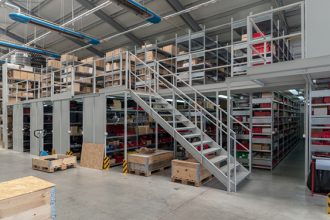Navigating the World of Used Racking: In short, buyer beware when considering any racking other than new.

Without question, buying used racking will save you money.
Often, you can find it at five to 10 percent or more below the cost of new racking. It’s also easy to lay your hands on used racking: from retailers who decide to close a regional DC and unload their racking to specific rack resellers. If you’re looking for used rack, it won’t be difficult to find.
But it’s longer term costs—in the form of myriad risks—may mean it’s not worth your investment. If you are going to consider used racking, however, know your risks and then know how best to mitigate them.
In the past decade, the requirements for seismic has changed and has become more stringent. A rack that might be okay in one location in California, for instance, may not be in the nearby location. So, if you’re considering buying used rack, look into the details of your seismic requirements and ensure the racking meets those metrics.
Additionally, the RMI has specific guidelines involving a host of factors, from soil reports to load limits and more. Today’s manufacturers are designing to the modern-day standards. If you buy used, it’s unlikely that it would meet today’s requirements. Do your due diligence to learn exactly what you’re considering and then only buy racks that can meet the necessary requirements. The best way to ensure this is to locate a qualified rack engineer who can design to the RMI standards and bring your potential used racking up to snuff—or point you in the direction of new if that’s not a possibility.
Another factor you must consider is the fact that many used rack sellers will advertise the load capacity of the racks they are selling. There are even capacity charts online that list these loads, and you can cross reference them. The problem, however, is that they are specified under static load capacity. This is good information, but it doesn’t take into consideration all the conditions under which racks exist in real applications. Forklifts banging into them, wind, earthquakes and the like can all result in more load than what a static situation presents. Again, check in with a qualified racking manufacturer or engineer to ensure you’re buying the proper racking to support your operations.
Racks are more than just beams and uprights. They have many accessories and components. Make sure that all pieces and parts are in good working order on any used rack you consider purchasing. Finally, it should go without saying, don’t consider any racking with obvious dents, rust, or other damage.
The unfortunate truth is that used racks may not meet the same standards and requirements that are met by new racks. While they may offer a bargain on initial cost, the end price for that discount can potentially be safety, damaged product and other losses. Buyer beware and do your homework as thoroughly as possible.


